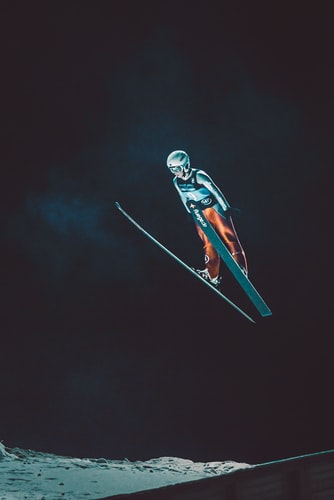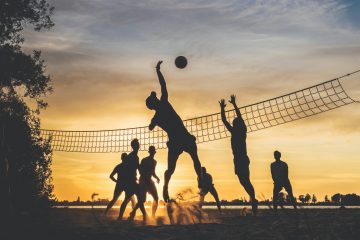Improving safety in sport is not just about providing safety equipment for the participant, it also requires the individual sportsperson to have awareness and knowledge of the rules and regulations in order to play the sport safely. If you are going to take part in any sport or activity, be it an event or even a leisure activity, it is important that you are aware of all the laws and regulations that apply to that particular sport. These laws and regulations vary from country to country and are therefore subject to local variation, so if you are looking to enhance your sporting experience, you may want to consider seeking professional advice.

Measures To Be Taken
The key to successfully enhancing safety in sport is to find out what the rules and regulations are for the sport in question and implement safety training into your sport activities. There are many different ways that you can go about doing this, and you should never feel that you need to sacrifice personal safety in favour of safety and functionality of your sport equipment. One of the best things to do is to get hold of a copy of the World Association of Sport and Exercise (WASEA) code of ethics as soon as possible. You will want to ensure that your code of ethics and practices are clearly outlined and that they are adhered to at all times.
Also ensure that you familiarise yourself with the code of ethics and any additional training that your association may be able to offer on safety. You could also consider taking part in a safety awareness training session. There are plenty of places that you could attend such as your local council, the police or even your national sports authority to get all of the training that you need. Once you know the code of ethics and safety training requirements of your sport, it is important that you keep them up-to-date to ensure that your sport meets its legal obligations.

Future Considerations
When you attend events to improve safety in sport, you may want to ensure that you wear the correct attire, and that your safety equipment is correctly fitted and the right size. Your clothes, footwear and protective gear should not hinder your ability to play the sport that you are participating in. You may also wish to use some form of helmet during sport activities in order to ensure that the sport activity does not result in injury.
The Health and Safety Executive or HSE recommends that anyone who takes part in sport activities must wear suitable safety approved protective equipment when participating, including any helmets or any other form of protection provided by the health care professionals, such as shin pads or mouth guards. It is also important to wear protective clothing and footwear when participating, which should be made from materials that are breathable, and will allow your skin to breath, including loose-fitting cotton trousers and warm socks.
In addition to proper clothing and footwear it is important that you maintain adequate eye protection when participating in sport activities. Eye protection should include: sunglasses with UV protection, goggles to reduce glare, eye protection with polarized lenses, long sleeved shirts, comfortable athletic shorts and comfortable, breathable running shoes.

